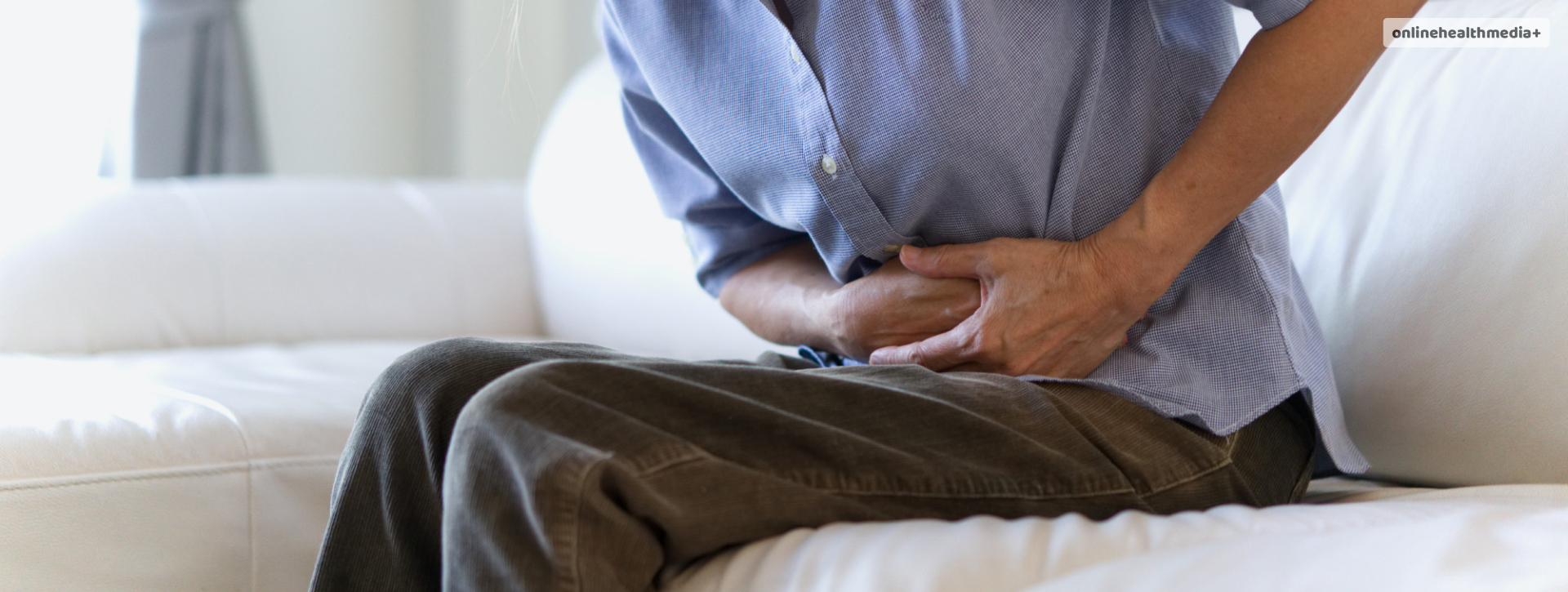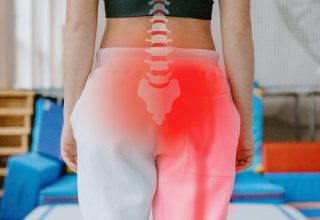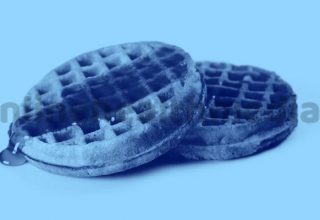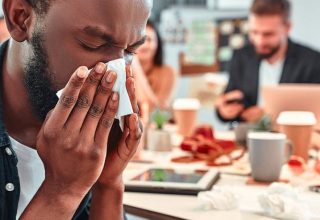Understanding and Alleviating Gallbladder Pain: Causes, Symptoms, and Effective Relief Strategies
Gallbladder pain is a common concern that many individuals face, often causing discomfort and affecting daily life.
In this comprehensive guide, we will explore various aspects of gallbladder pain, including its location, relief strategies, back pain association, and the role of antacids in alleviating discomfort.
Gallbladder pain typically manifests in the upper abdomen, particularly in the right upper quadrant. The pain may radiate to the back or the right shoulder.
Understanding the precise location of gallbladder pain is crucial for proper diagnosis and effective management.
Identifying Gallbladder Pain
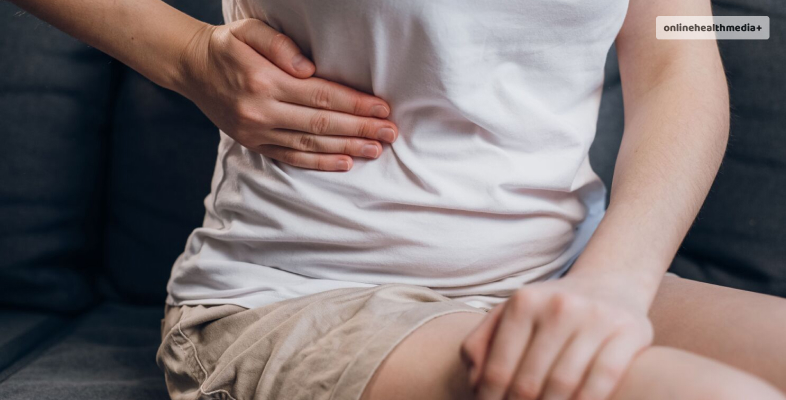
Gallbladder pain is commonly associated with conditions such as gallstones, inflammation, or infection.
Individuals may experience a steady ache or sharp pain, especially after consuming fatty or greasy foods. Persistent pain should prompt a visit to a healthcare professional for accurate diagnosis.
There can be two types of pain that occur:
1. Gallbladder Back Pain
Gallbladder pain often extends to the back, creating additional discomfort. This radiating pain is linked to the nerves in the abdominal region and can be mistaken for other back-related issues.
Seeking medical attention is crucial for accurate diagnosis and tailored treatment.
2. Gallbladder Pain After Eating
Gallbladder pain commonly occurs after consuming meals, particularly those high in fats. This is because the gallbladder contracts to release bile, and if gallstones or inflammation hinder this process, it can lead to pain.
One way to handle the pain you experience after consuming a meal is through meal planning.
Adjusting eating habits, such as consuming smaller, more frequent meals, can help manage gallbladder pain after eating.
Gallbladder Pain Relief

- Dietary Modifications:
Adjusting dietary habits can play a significant role in managing gallbladder pain. A low-fat diet, rich in fruits, vegetables, and whole grains, can reduce the frequency and intensity of pain episodes.
- Hydration:
Staying well-hydrated is essential for overall gallbladder health. It helps in preventing the formation of gallstones and may alleviate discomfort.
- Medications:
Over-the-counter pain relievers, prescribed medications, and antispasmodics may be recommended by healthcare professionals to manage gallbladder pain.
Do Antacids Help Gallbladder Pain?
- Limited Effectiveness:
While antacids may offer relief for acid-related issues, they are generally not effective in alleviating gallbladder pain caused by gallstones or inflammation.
- Consultation with Healthcare Professionals:
It is essential to consult with healthcare professionals for an accurate diagnosis and appropriate treatment plan rather than relying solely on antacids for gallbladder pain.
Gallbladder Health Maintenance

Regular Exercise:
Engaging in physical activity promotes overall health and can aid in preventing gallstone formation. Consult with a healthcare professional before starting a new exercise regimen.
Weight Management:
Maintaining a healthy weight is crucial for gallbladder health. Obesity is a risk factor for gallstones, and gradual weight loss through a balanced diet and regular exercise can reduce this risk.
Nutritional Considerations to improve health

- Fiber-rich Diet
Including fiber rich foods in the diet can assist in maintaining a healthy digestive system. Whole grains, fruits, and vegetables contribute to proper digestion and may reduce the risk of gallstone formation.
- Limiting High-Fat Foods
High fat foods can trigger gallbladder pain, especially in individuals with gallstones or inflammation. Limiting the intake of saturated fats and opting for healthier fats can be beneficial.
Holistic Approaches to Pain Management

Sometimes a person may wish to opt for other approaches than the traditional approaches. The following methods can help relieve the pain in a holistic manner.
- Acupuncture and Massage:
Some individuals find relief from gallbladder pain through holistic approaches such as acupuncture or massage therapy.
While not universally proven, these methods may offer a complementary approach to traditional medical treatments.
- Herbal Remedies:
Certain herbal remedies, such as peppermint or ginger tea, are believed to have digestive benefits.
However, it’s essential to consult with a healthcare professional before incorporating herbal supplements into the routine.
- Consultation with Specialists:
i. Gastroenterologist:
For individuals experiencing recurrent or severe gallbladder pain, consulting with a gastroenterologist is advisable. They can conduct specialized tests, such as an ultrasound, to diagnose gallbladder related issues accurately.
ii. Nutritionist:
A nutritionist can provide personalized dietary recommendations to manage gallbladder health. They can create meal plans that align with individual preferences and dietary requirements.
Other options for treating gall bladder pain include surgery:
Surgical Interventions
- Cholecystectomy:
In cases of persistent gallbladder issues, surgical removal (cholecystectomy) may be recommended. This procedure is common and generally well-tolerated, providing a long-term solution to gallstone-related pain.
- Minimally Invasive Procedures:
Advancements in medical technology have led to minimally invasive procedures for gallbladder related concerns, reducing recovery times and improving overall patient outcomes.
Conclusion
Understanding the nuances of gallbladder pain, including its location, relief strategies, back pain association, and the role of antacids, empowers individuals to make informed decisions about their health.
Seeking timely medical attention and adopting lifestyle modifications are crucial steps towards managing gallbladder pain effectively and enhancing overall well-being.
Also read
- Top Electric Toothbrush For Kids.
- Compelling Reasons To Incorporate Shilajit Into Your Diet.
- Hepatitis A Resurgence Sparks Concern Among Vulnerable Populations.
